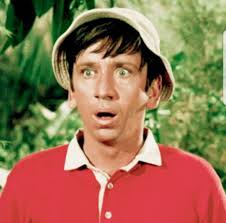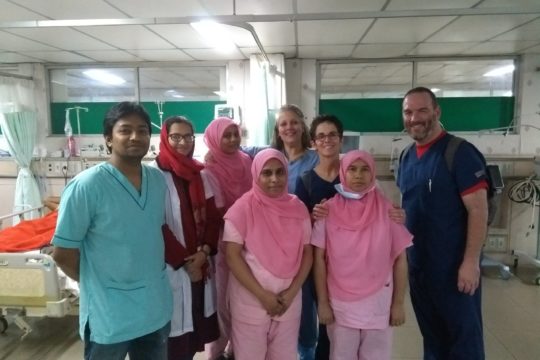Following this thread of teaching CPR, I thought a little background to describe how I became a CPR instructor and what it means to me would be useful. In college, I was involved in our campus recreation program. Within that community is an organization known as the National Intramural and Recreational Sports Association (NIRSA) and each year I would attend their national conference. At one of those conferences, a speaker at a round table was talking about who he interviews and said, “Any resume listing an instructor in something goes to the top of my list.” He literally said he’d rather hire a CPR instructor over a CPR provider because to him, that instructor has worked to become an expert in their field. Years later I was working in an emergency department with a great manager who offered me an opportunity to become an American Heart Association BLS instructor. The training would enable me to teach CPR to all healthcare providers, including doctors and nurses (which as a lowly EMT, sounded badass). I thought back to that guy in the late 90’s and realized, “I gotta do this.” You never know what little thing in life will alter your trajectory and that one act I can say opened doors for me that otherwise wouldn’t have opened. Being a BLS instructor has been something I’ve cherished as it has laid an educational foundation that I’ve used to teach hundreds of people a lifesaving skill. On a professional level, maintaining my instructor status has led me to work as a hospital simulation center manager, which helped push my resume to the front of the line for my current position as Training Center Coordinator for a hospital in the Cayman Islands, which of course enabled me the ability to now travel to Bangladesh.
The lesson for me being, remain open to opportunities that might not seem beneficial in the moment but may lead to advancement (advancement in sense of personal enrichment). For instance, being a CPR instructor led me to simulation, which for the uninitiated is a training tool in healthcare where patient encounters are replicated, either with a manikin or an actor, and the nurse, doctor, whomever, is able to practice certain skills without the fear of injuring a live patient. Anyway, my experience as a CPR instructor led me to this course on simulation where I was asked by another student where I had been hired (all the students in the class had been hired to teach at various simulation programs, except me). I told him I wasn’t working in the field but I wanted to be prepared should a spot open somewhere. Since I was paying out of pocket for this course, he looked at me a little sidewise and kinda nodded like, “okay dude.” A few months later a simulation manager position opened up at Beth Israel in NYC and although I was a little under-qualified, I showed initiative and that made all the difference.
I guess I think of CPR as the underdog of healthcare. Sometimes it’s overlooked for shiny tools and fancy procedures, but it is the foundation that everything in resuscitation science is built on. You can give someone in cardiac arrest all the drugs and oxygen you want, but if they’re not getting good CPR, they will not survive. CPR, also called Basic Life Support, isn’t “basic” because it’s easy, it’s “basic” because it’s foundational. In a very real sense, it’s also been the foundation of my career in healthcare.


